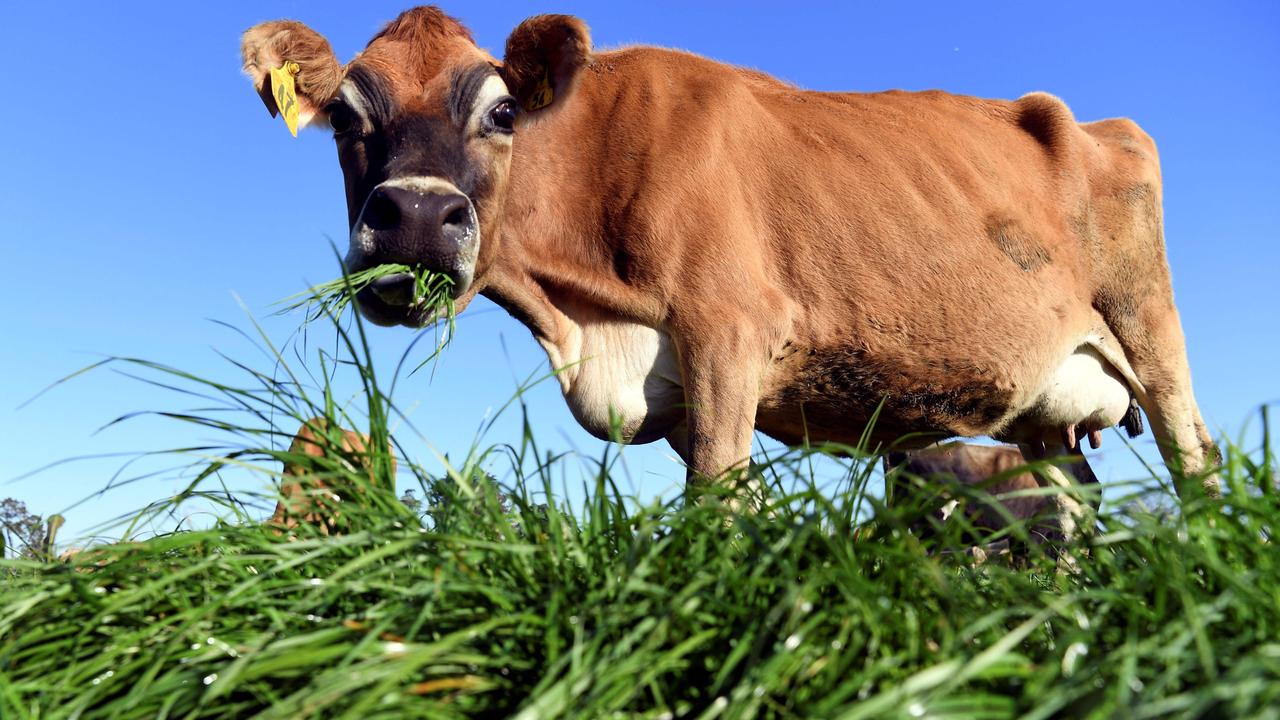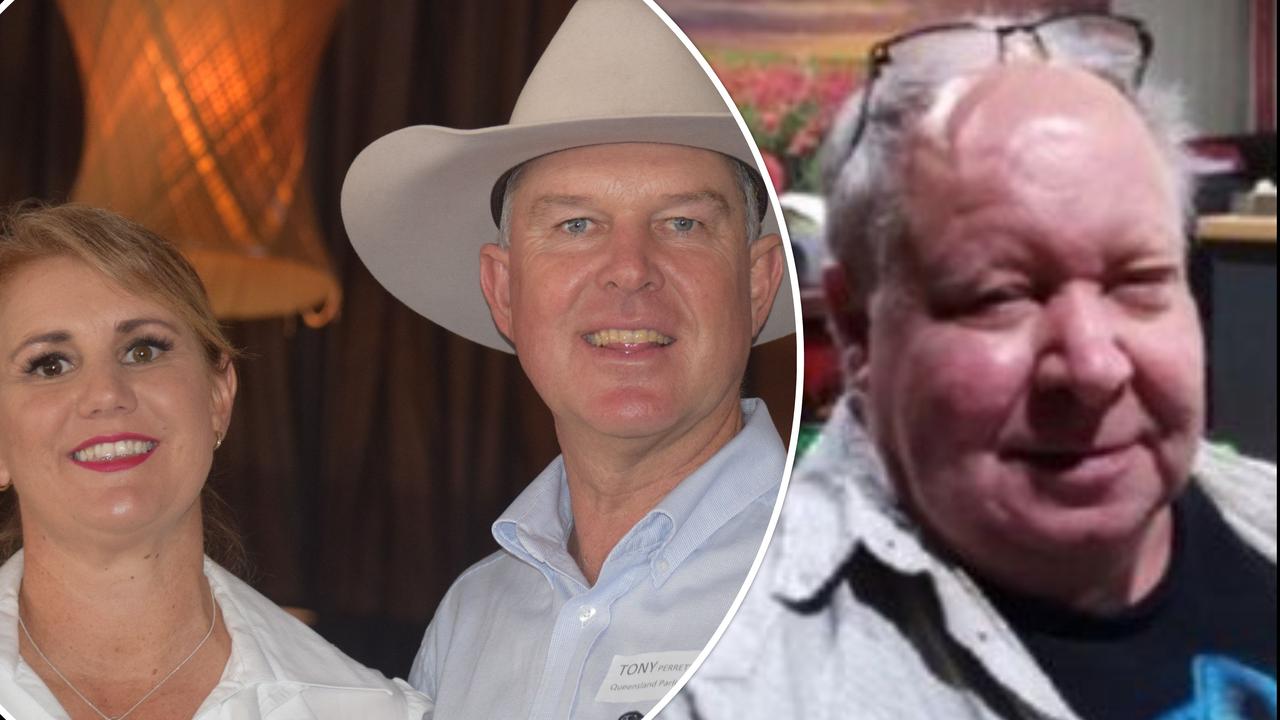First fire: Loss of Aboriginal cultural burning leaves Australia’s forests overgrown, ready to explode into flame
Reviving Aboriginal cultural burning could save lives, property, forests and whole ecosystems.

EVIDENCE proving Aboriginals used fire to carve Australia’s forests into open landscapes of scattered trees, with little undergrowth, is being ignored in the climate change blame game playing out in Canberra.
In 1963 the CSIRO put together hundreds of journal and diary entries, from First Fleet Commander Arthur Phillip to settlers and European explorers, which describe open forests that, as Charles Sturt put it: “resemble the park lands attached to a gentleman’s residence in England”.
Four days after setting foot at Botany Bay Captain James Cook wrote in his journal on May 1, 1770 “the trees are tall, straight and without underwood standing at such a distance from each other that the whole country, at least where the swamps do not render it impossible for cultivation, might be cultivated without cutting down one of them; between the trees the ground is covered with grass”.
In his exploration of Port Phillip in 1802-03 Charles Grimes described: “The country all recently burnt...the most eligible place for a settlement that I have seen is on the fresh water river (Yarra), (with) excellent pasture and thin of timber which is mainly low and crooked. Hills appear to be clothed with wood, the country in general is newly burned.”
On reaching Frederick Hendrick’s Bay in Tasmania, during his Voyage to Terra Australis 1801-3 Mathew Flinders wrote: “amongst the trees, two were remarked whose thickness was two to two and a half fathoms and the first branches from 60 to 65 feet above the ground. Inland the country was covered with trees; but so thinly scattered that one might see everywhere to a great distance among them and distinguish man and animals.”
Explorer William Hovell on his Journey from Lake George to Port Phillip 1824-25 wrote as he passed through northern Victoria “all the country from where we started this morning is all burning in every direction and the bush is all on fire…the blacks. This appears to be the season for burning the old grass to get new.”
At Moreton Bay in Queensland Ludwig Leichardt wrote in 1844 “the natives seem to have burned the grass systematically along every water course (extending for many miles) and around every water hole in order to have them surrounded with young grass as soon as the rain sets in”.

While many of the early Europeans realised Aboriginal communities regularly burned the landscape, few understood the extent of its impact and the consequences of its loss.
It was surveyor-explorer Major Charles Mitchell who in 1848 wrote “fire is necessary to burn the grass, and form those open forests, in which we find the large forest- kangaroo.
“The native applies that fire to the grass at certain seasons, in order that a young green crop may subsequently spring up, and so attract and enable him to kill or take the kangaroo with nets. In summer, the burning of long grass also discloses vermin, birds’ nests, etc., on which the females and children, who chiefly burn the grass, feed.
“But for this simple process, the Australian woods had probably contained as thick a jungle as those of New Zealand or America, instead of the open forests in which the white men now find grass for their cattle, to the exclusion of the kangaroo.”
Mitchell also realised what impact the loss of Aboriginal burning had on the landscape, writing in his journal: “the omission of the annual periodical burning by natives of the grass and young saplings, has already produced in the open forest lands nearest to Sydney thick forests of young trees, where formerly, a man might gallop without impediment, and see whole miles before him.
“Kangaroos are no longer to be seen there, the grass is choked by underwood. Neither are there natives to burn the grass, nor is fire longer desirable there amongst the fences of the settler.”
Today Aboriginal communities are trying to revive their culture of fire management, but Firesticks Alliance chief executive Oliver Costello said it was a battle get the nation’s leaders to realise just how vital it is to the community and landscape.
He said more frequent, cool burns of the landscape were crucial to reducing fine fuel loads and protecting the forest canopy, which shaded out regeneration of saplings and dense undergrowth.
“As soon as you lose the canopy you encourage tree regeneration and we can end up with these monocultures,” Mr Costello said.
He said the only way to deal with the damage wrought on the forests of NSW and Queensland by recent catastrophic fires was to get back and re-burn them again.
“You really only have a window of two to five years, otherwise you end up with a system that’s a monoculture.”
As a member of the Northern NSW Bundjalung Aboriginal community Mr Costello said he was frustrated by the current “warlike” mentality to fuel load management.
He said the ideal would be to form grassroots community alliances, similar to the Landcare movement, which trained and spread the message on how to conduct Aboriginal cultural burning.
“We’ve got thousands of people who are willing to volunteer,” Mr Costello said. “But we need people who know how to burn, and are trained to do it.”



